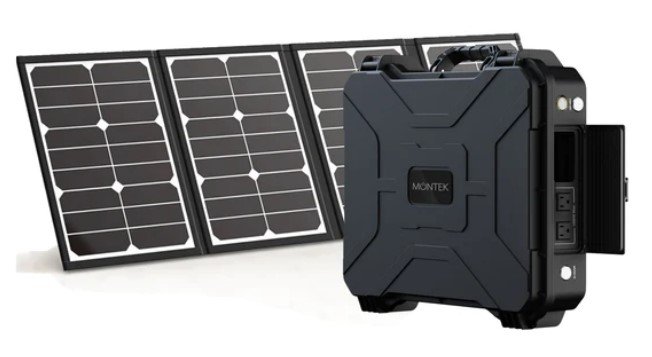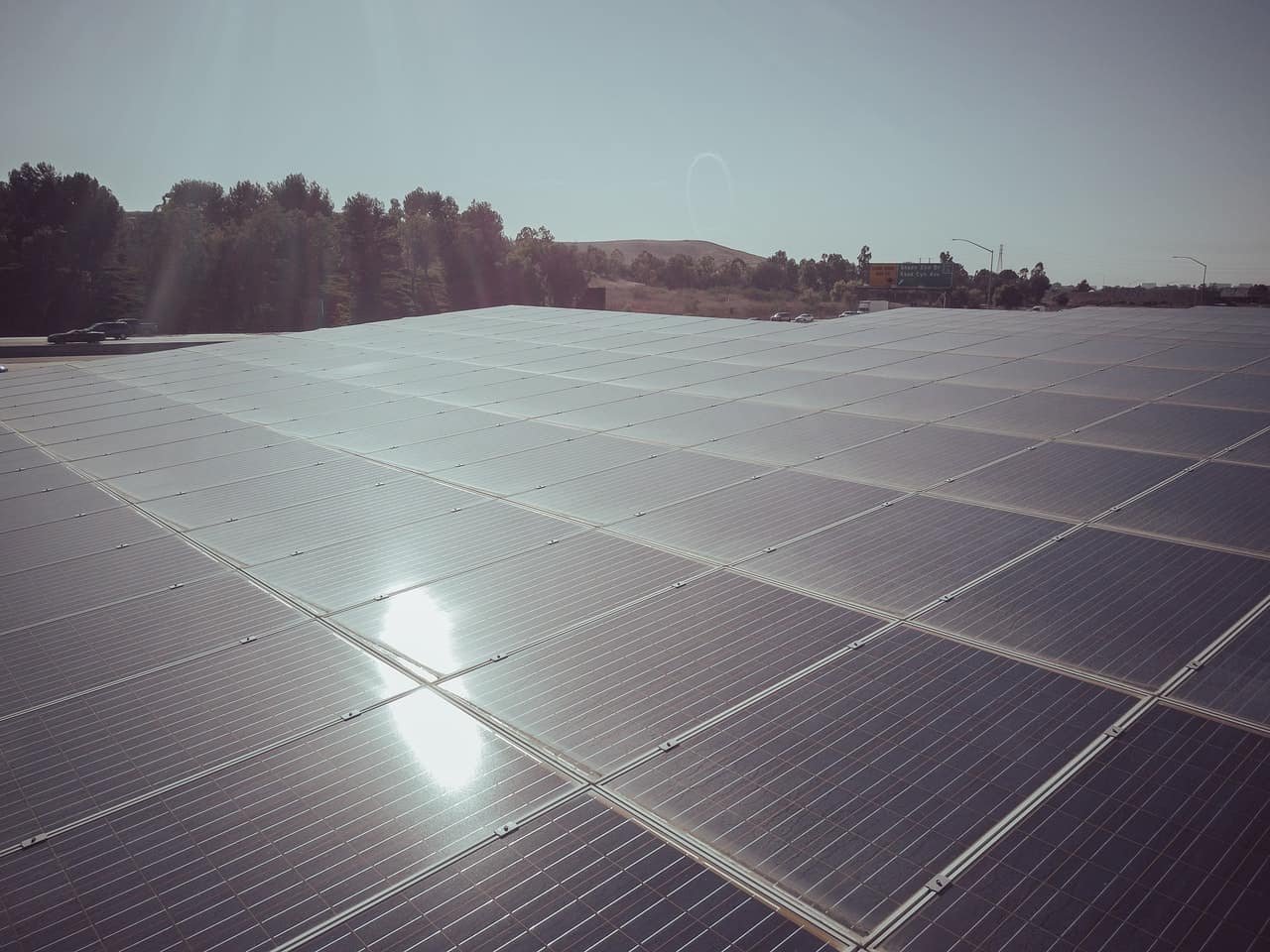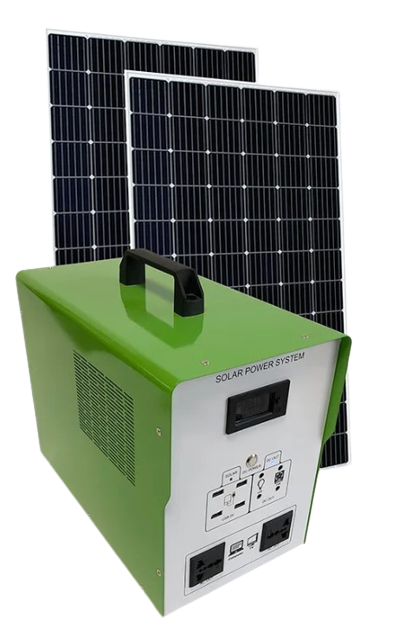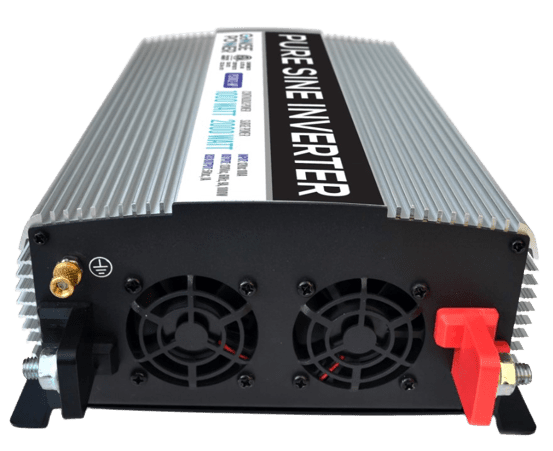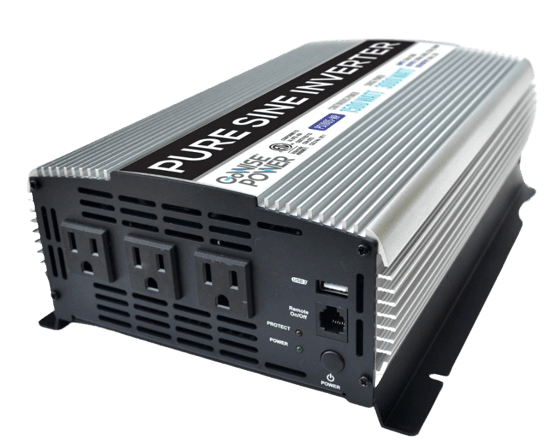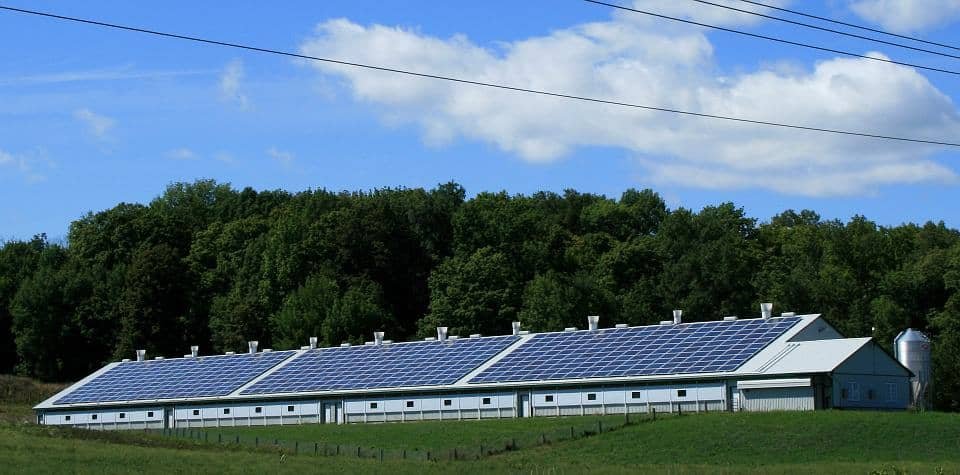When it comes to determining the size of your solar generator, the math and what you need to account for can be a little confusing. So let’s look at some of the important things to consider when picking out a solar generator for you.
Sizes of Solar Generators
How Sizes Are Determined for Solar Generators
Sizes are usually determined by the watt-hours of the generator. Sometimes, generators have numbers for their names, and those numbers usually correspond to the size of the generator’s battery capacity, but not always, so it is worth checking.
Watt-hours are just watts divided by hours. So, if a generator says it produces 500 watt-hours, that means that your generator can run for an hour providing you with 500 watts continuously before it needs to charge via a solar panel.
What Is Peak Power?
For solar generators, peak power is the maximum power your PV system can produce at one moment. Essentially, it is the maximum amount of power you can draw from one time out of your generator before it has to shut down for its safety.
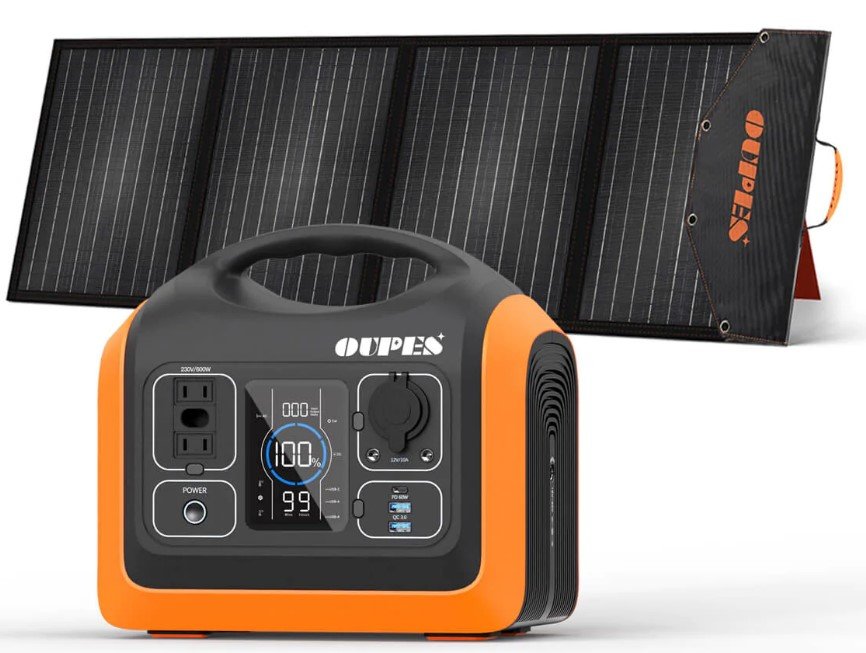
Usually, this power can only be sustained for a short amount of time. It is for things like an air conditioner, where they pull a lot of power to turn on and stabilize.
If you are going to have that number as your constant power consumption, you may want to look at sometimes that can handle that continuous power draw.
What Is Continuous Power?
Continuous power is the amount of power your solar generator can provide all the time. This is how much power it can provide without harming your power station or causing it to short.
An appliance like a refrigerator would need constant power that runs all the time to keep it on. The peak power for refrigerators would be when it kicks on for a few minutes to chill things down a bit more.
What Size Solar Generator Do I Need?
To understand what size solar generator you need, you have to look at a couple of factors.
Related Articles:
Can You Plug RV Into a Solar Generator?
Why Are Solar Generators So Expensive?
Where Can I Get a Refurbished Solar Generator?
Which Solar Generators Are Made in USA?
How To Make a DIY Solar Generator?
What Is the Wattage and Why Is It Important?
Wattage is the most important thing about determining your solar generator size. Your wattage determines how much your device can store in its batteries, how much power your solar panels can get to charge your system, and how much energy the generator can provide to your devices.
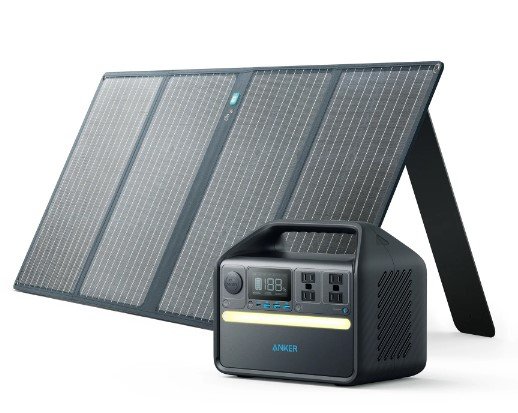
It is the main information you need to get an idea of the size unit you will need.
Look at the Power Your Appliances Use
Your wattage matters. To figure out the size generator you will need, you need to look at the range of appliances you use and their wattages.
Make a list of everything you will have to worry about running or charging when you are using the generator, such as lights, a phone, laptops, big appliances, and more. Calculate their average watts. Focus on necessary appliances and devices.
This is usually wattage pulled at once. You would have to multiply that number by sixty to see how much power it would pull in an hour. Getting the right size generator will make sure you have a solid source of power during a power outage.
Combine Your Wattages and Watt-Hours
Now that you know how many watts you will use at once or in an hour, compare that to the watt-hours of the devices you would be looking at. If the number is similar, you will only have backup power for about an hour.
Most people want around three days of power on one charge for emergencies such as cloudy days when there is little or no sunlight.
What Times Do You Use the Most Power
You also want to look at when you use the most power. For solar panels built-in homes, using the most power during the day is best, because you can take advantage of the sun. However, most solar generators are not meant to be used and charged at the same time.
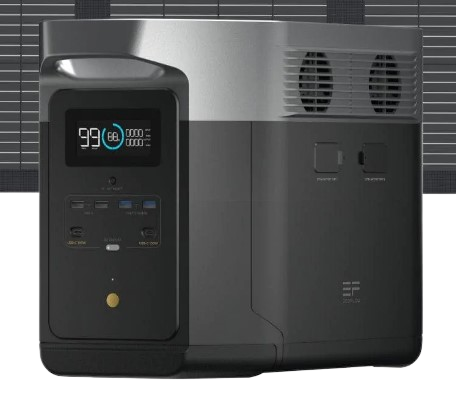
So this means that while it is charging, you won’t have power output. So if most of your power requirements occur at night, then a solar energy generator can be good because you can spend the day recharging the generator.
This is more for when you are out camping or in your RV and doesn’t need a continuous power source to run things like a refrigerator or air conditioner.
Look at the Watt-Hours on the Generator
Finally, now that you have determined how much power you will need to run all of your products, and you have made the calculations for the size generator you need for two or three days of continuous power for emergencies, you can look at the watt-hours of your power stations. Each manufacturer has plenty of models and types, so you can likely find one with a power rating that works for you.
Generator Sizing for Homes
Small Homes
To determine your power, you add 20% more power to your average power for a safety margin. Then you take that number and divide by 0.8. This is the power factor. Then this will give you a number. For extra safety, you can round up a little more.
The average wattage for small homes is 2.86kWh or 3.43kWh with the safety margin. Then you divide by 0.8 and get 4.73kWh, which you can round up to 5kWh.
Medium Homes
For medium homes, you are looking at an average of 7.8kWh with a safety margin, which equals 10kWh at the end.
Large Homes
On average, large homes usually do best with 30-kilowatt hours of power. This is the average usage. However, depending on how much you want to be able to run with a backup generator and how much power you traditionally use, this may be different for your home.
